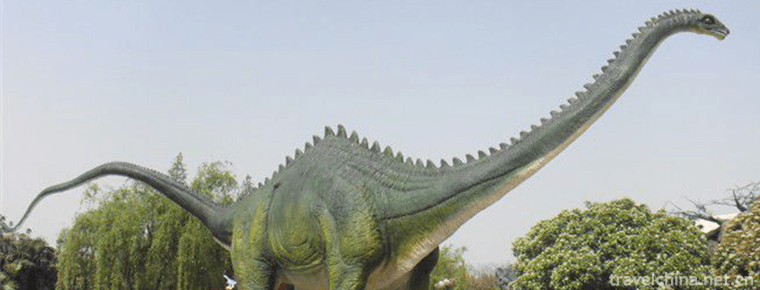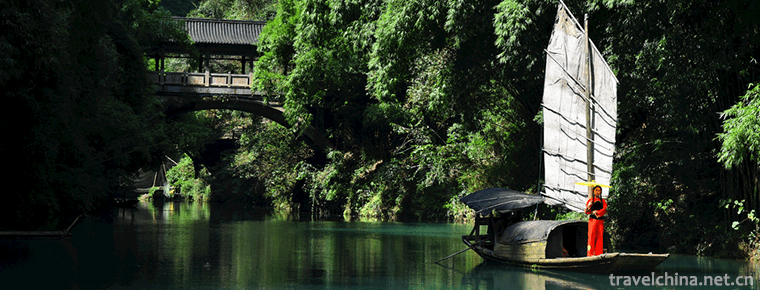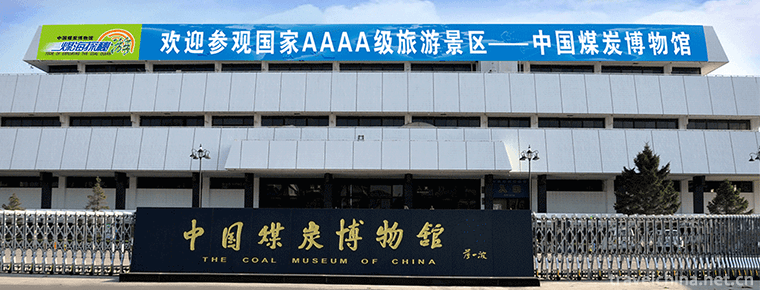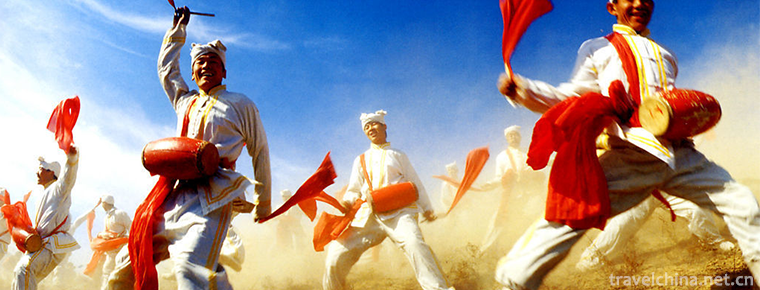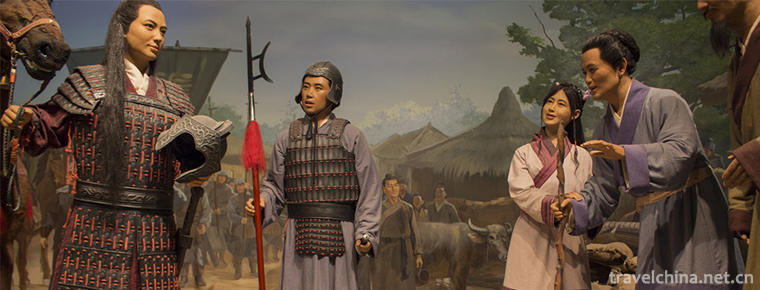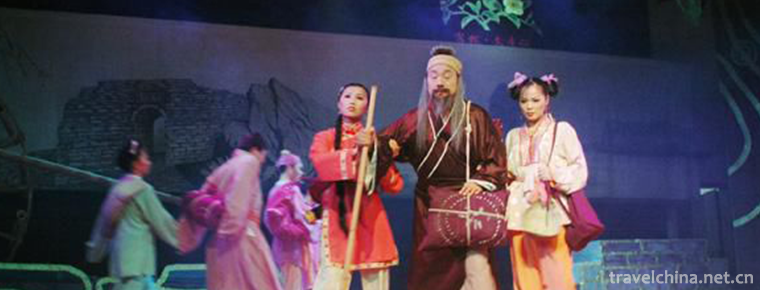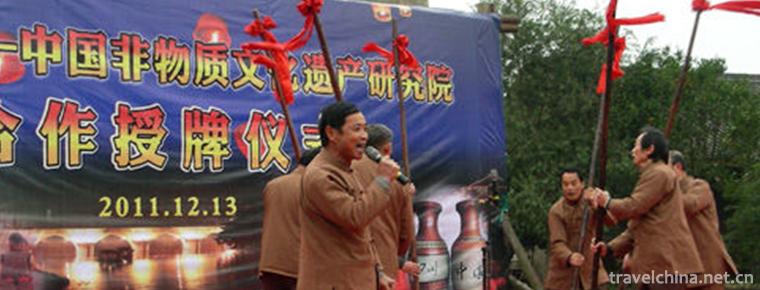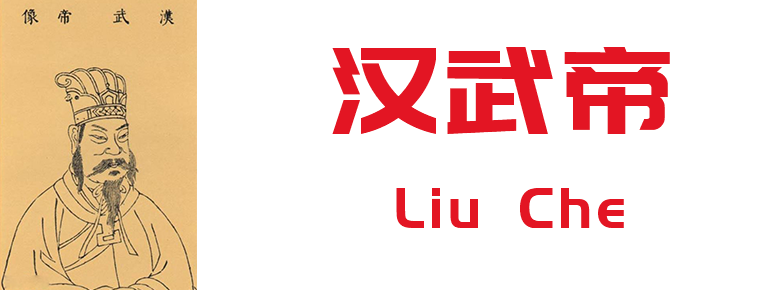Mongolian Khantin Music
Mongolian Khantin Music
The most important component of Mongolian traditional music is court music, which is Mongolian Khan music. Successfully selected into the fourth batch of national intangible cultural heritage list.
introduce
The capital of Lindan Khan, the last generation of Mongolian Khan, is the ancient city of Chaganhot in Arukhorqin Banner. It is recognized as an important base for studying Mongolian Khantin music by academic circles at home and abroad. According to historical records and detailed research and full demonstration by experts and scholars in academic circles, Lindan Khan Court Music, which prevailed in the Mongol and Yuan Dynasties, is a relatively complete Mongolian Khan Court Music material known at present. More than 300 years ago, Mongolian Khantin music flowed into the court of the Qing Dynasty. More than 300 years later, a text recording Mongolian Khantin music was found here again. The Mongolian Khantin band was founded in the first year of Taizu and prevailed in the Yuan Dynasty. It was a band specially performed in front of the Mongolian Golden Curtain Hall for Khan's succession, kings or foreign dynasties, empresses, princes and ministers. Honorable title, as well as suburban temple Richeng, ministers congratulations, Da Duan clan and relatives and other scenes. The music of Mongolian Khantin music is magnificent and magnificent. The music includes Khan eulogy, court praise, religious etiquette, folk proverbs and philosophical instructions. It consists of three parts: music, music and dance. It has more than 80 repertoires. A total of 18 instruments are needed, such as Hu Jian, Hu Qin, Sanxian, Mongolian Zheng and Hu Busi.
By the end of the Northern Yuan Dynasty, Khan Lindan Khan showed a new atmosphere in court music and dance. The Northern Yuan Dynasty perished, but Lindan Khan's court music was favored by Emperor Tai Chi of the Qing Dynasty, and continued to be used in the Qing Palace. Mongolian court music was introduced into the Qing Palace and became an important part of the Qing Palace music.
Recent developments
The people's government of Arukherqin Banner attaches great importance to the protection and excavation of "Mongolian Court Music" and lists it as a banner-level intangible cultural heritage. Under the chairmanship of Professor Hugeletu of Inner Mongolia Normal University, in 2009, the people's government of Arukherqin Banner started the excavation, rescue and restoration of Mongolian Lindanhan Court Music and established the Mongolian Khantin Band. After careful planning and rehearsal, a series of works have been completed, such as the reproduction of musical instruments, the arrangement of musical scores, the design of costumes, the rehearsal of bands, the choreography of dances, the setting of stage and the selection of actors. The Mongolian Khantin music, which was lost for a long time, was restored. The Mongolian Khantin band, which was founded in the first year of Taizu Yuan, is now reappearing on the North Horqin grassland.
On November 11, 2014, the State Council issued the fourth batch of representative projects of national intangible cultural heritage, and Mongolian Hanting music was successfully selected. Classified as traditional music.

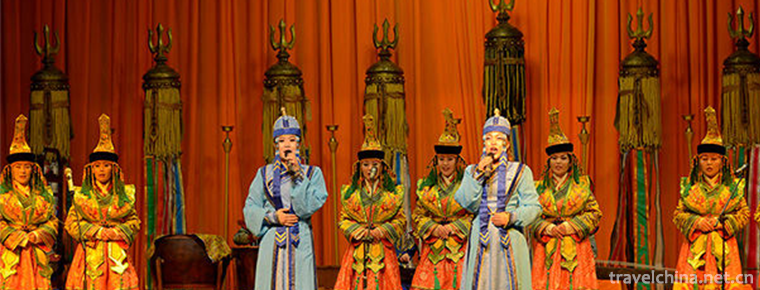
-
Global Dinosaur City Scenic Spot
The National 5A Tourist Scenic Spot Global Dinosaur City, located in Xinbei District, Changzhou, Jiangsu Province, is a comprehensive tourism resort with dinosaur theme.
Views: 274 Time 2018-12-06 -
Three Gorges Household Scenic Area
Three Gorges Household Scenic Area, National AAAAA Class Tourist Area, the First Batch of Civilized Scenic Area in Hubei Province, Top Ten Scenic Spots in Hubei Province.
Views: 141 Time 2018-12-12 -
China Coal Museum
The China Coal Museum is located at the intersection of Yingze Street and Jinci Road in Taiyuan City. It was completed and opened on September 30, 1989.
Views: 186 Time 2018-12-22 -
Nanning Zoo
Nanning Zoo, located at 73 East University Road, Nanning City, was built in 1973. It was officially opened to the outside world in 1975 with a total area of 39.1 hectares. It receives more than 1 mill.
Views: 172 Time 2018-12-27 -
Zhenfoshan Scenic Spot
Zhenfoshan Scenic Spot, National AAAA Class Tourist Scenic Spot, Provincial Scenic Spot and Provincial Key Cultural Relics Protection Unit are the "Three Religious Holy Places" integrating B.
Views: 135 Time 2019-03-17 -
Ansai waist drum
Ansai waist drum is a traditional folk dance in Shaanxi Province. Performances can be performed by several people or thousands of people together, magnificent momentum, exquisite performance is intoxi.
Views: 230 Time 2019-03-31 -
Nail twist Jiaru jiacuo
Jiaru is a traditional dance of Mosuo people in Lugu Lake, Yunnan Province. It is a song and dance for people to celebrate harvest, festivals and pray for gods..
Views: 273 Time 2019-05-05 -
Mulan Legend Hua Mulan Legend
Mulan legend is one of the Chinese folklores. Mulan legend began in Sui and Tang Dynasty. It is characterized by the spread of Chinese folk oral language in the early period, and then by the appearanc.
Views: 120 Time 2019-06-06 -
Wennan Ci
Wennan Ci, also known as Wenci opera and Wenci opera, is an ancient traditional opera, and is praised as the "living fossil" of Chinese opera. It is popular in Dongzhi County and Susong Coun.
Views: 85 Time 2019-06-28 -
Make a chant
Bamboo and hemp trumpet is a traditional folk song of Qionglai City, Sichuan Province. It belongs to a kind of labor trumpet sung by local papermaking workers when playing bamboo and hemp. It is mainl.
Views: 147 Time 2019-08-03 -
Liu Che
Liu Che (July 14th 156 BC - March 29th 87 BC) Martial Emperor , Western Han Dynasty Seventh emperors (including Shao Di before and after). Politician And a litterateur..
Views: 135 Time 2019-09-07 -
Summary of Deyang
In 2018, Deyang's GDP reached 221.39 billion yuan, an increase of 9.0% over the previous year at comparable prices. The total economic output has exceeded 200 billion yuan, with per capita GDP of 62569 yuan. Among them, the added value of the primary industry.
Views: 336 Time 2020-12-14
